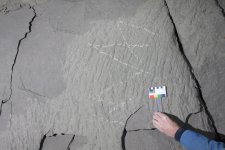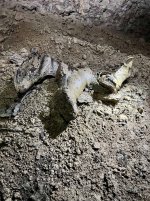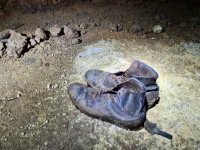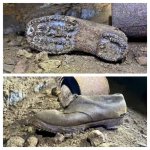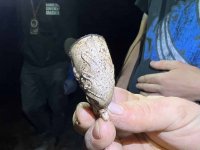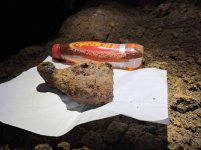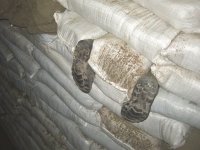Tangent_Tracker
Member
So, since learning of this fascinating subject area, I have decided to try to log all the examples I can find.
I know there are examples at Wookie Hole and one or two other sites underground that have been studied to some extent, and I have now found two isolated examples in Derbyshire, which I personally can't really see as being anything else!
It is important not to confuse the VV with a W, which is often found as initials, (link to our site with a small article https://www.derbyscc.org.uk/alderley/history_apotropaic_marks.php) it does seem it was common to use this form in the 17thC and later in initials etc..
And while an isolated W does not mean it is definitely Apotropaic, there is a fairly good chance it is, as found in many old buildings / castles and the like!
Just wondering if others have spotted interesting marks/graffiti on their travels?
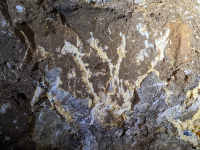
Thanks to my compadrae for snapping this one for me at an undisclosed location (Above).
Another mine, this time Old Jant below where you can see an example of two W's, but then an isolated example toward the end. In this case they are different styles!
https://photos.app.goo.gl/bFGENGwJ4wTpJjMo8
I have generally passed these onto a chap who studies and has made some progress with Apotropaic markings within the architectural world (sadly quite difficult amongst historians/, especially where taper burns are concerned! It's a fascinating subject!
Here is a very good article by James on the subject.
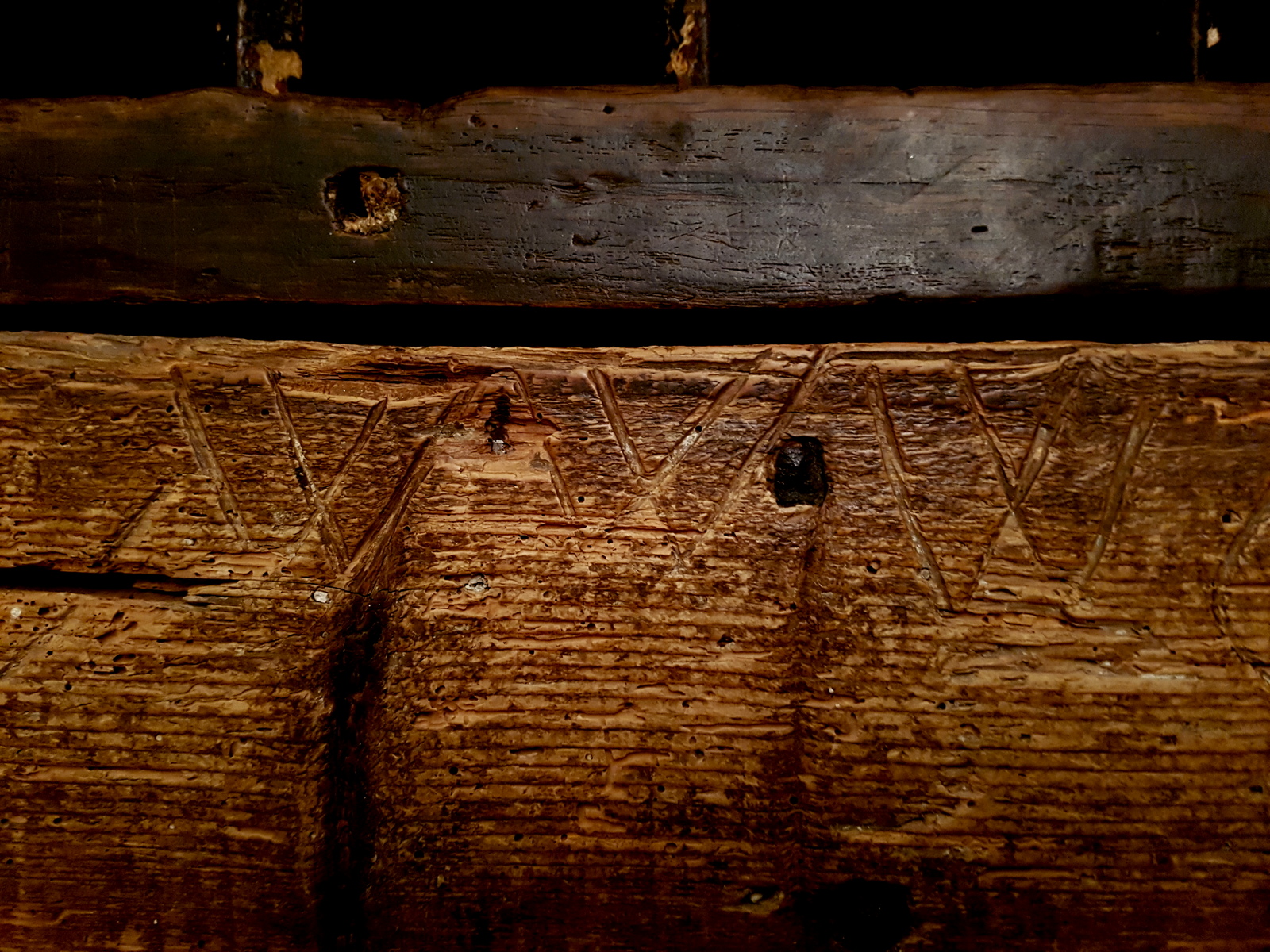
 triskeleheritage.triskelepublishing.com
triskeleheritage.triskelepublishing.com
I know there are examples at Wookie Hole and one or two other sites underground that have been studied to some extent, and I have now found two isolated examples in Derbyshire, which I personally can't really see as being anything else!
It is important not to confuse the VV with a W, which is often found as initials, (link to our site with a small article https://www.derbyscc.org.uk/alderley/history_apotropaic_marks.php) it does seem it was common to use this form in the 17thC and later in initials etc..
And while an isolated W does not mean it is definitely Apotropaic, there is a fairly good chance it is, as found in many old buildings / castles and the like!
Just wondering if others have spotted interesting marks/graffiti on their travels?

Thanks to my compadrae for snapping this one for me at an undisclosed location (Above).
Another mine, this time Old Jant below where you can see an example of two W's, but then an isolated example toward the end. In this case they are different styles!
https://photos.app.goo.gl/bFGENGwJ4wTpJjMo8
I have generally passed these onto a chap who studies and has made some progress with Apotropaic markings within the architectural world (sadly quite difficult amongst historians/, especially where taper burns are concerned! It's a fascinating subject!
Here is a very good article by James on the subject.

Mediaeval Mythbusting Blog #2: The Problem of “Witchmarks” - Triskele Heritage
24 October 2020 As Hallowe’en approaches many of us are wondering if the annual fright season can be any more terrifying than 2020 itself? However, this is genuinely my favourite holiday – I’m very partial to a bit of rock’n’roll and Hallowe’en is like Christmas for rockers. For one night of the...
 triskeleheritage.triskelepublishing.com
triskeleheritage.triskelepublishing.com

